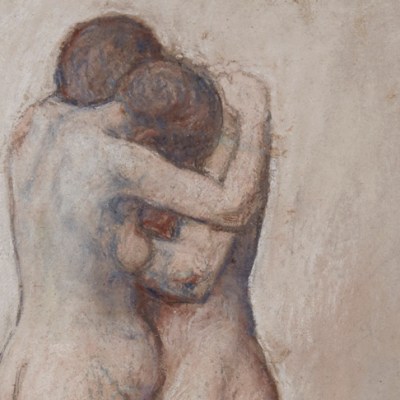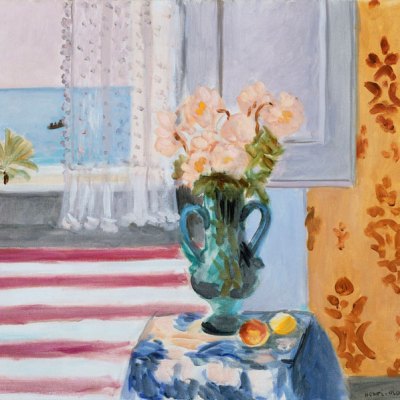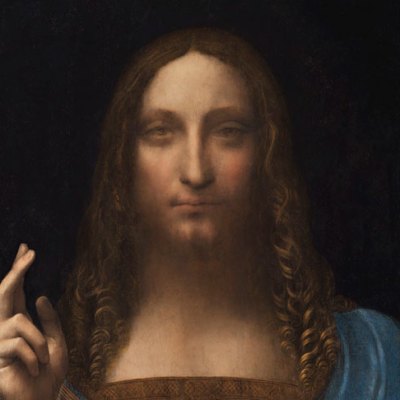In just its first session last night, the Collection of Peggy and David Rockefeller set a resounding new record for a single-owner auction by realising $646m at Christie’s New York, easily surpassing the $483.8m total realised by the Saint-Laurent-Bergé sales in 2009. All 44 lots of 19th- and 20th-century art found buyers, and seven of them found new artist’s auction records. For certain lots competition was so heated that aspirants simply called out their bids, prompting Christie’s global president and man with the gavel Jussi Pylkkanen to quip: ‘Just shout your numbers. Who needs an auctioneer?’
Fillette à la corbeille fleurie (1905), Pablo Picasso. $115,000,000
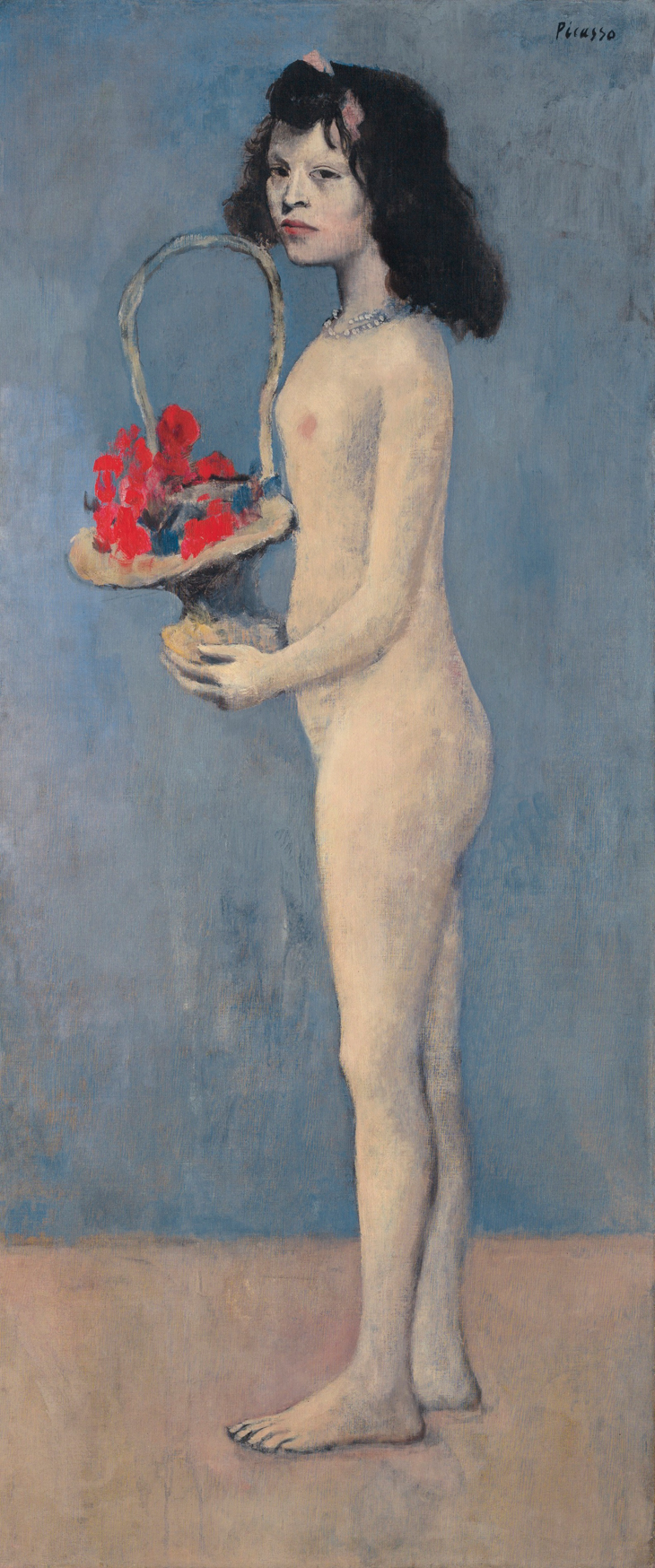
Despite all this, however, it was a strangely underwhelming evening. Firstly, it was odd to see so many empty seats in the saleroom. Then there was the mass of Christie’s personnel crammed into three sets of telephone banks who seemed to be less staff than staffage given that so few of them used a telephone at all. They were almost as redundant as the audience, who barely seemed to raise a paddle. The time it takes to draw out bids from those on the telephone is enough to flatten any fizz. Eight lots were knocked down for less than their published estimates – in the case of the Seurat, a mighty $10m less. But the real damp squib came with the much-anticipated top lot: Picasso’s Fillete à la corbeille fleurie of 1905. Despite Mr Pylkkanen’s sterling efforts to drum up interest, the Rose Period canvas attracted only one bid beyond the $100m its guarantor had already pledged. It changed hands for $115m, including buyer’s commission.
Of course, there are not so very many people able and willing to spend this kind of money. But the inherent problem of turning auctions and their previews into great public spectacles – the Rockefeller global circus lasted six months – is that the public then expects fireworks. Moreover, around a third of the lots had come to the block with guarantees of some kind. There is only so much drama that can come from watching the auction of works of art which have already been sold.
Nymphéas en fleur (c. 1914–17), Claude Monet. $84,687,500
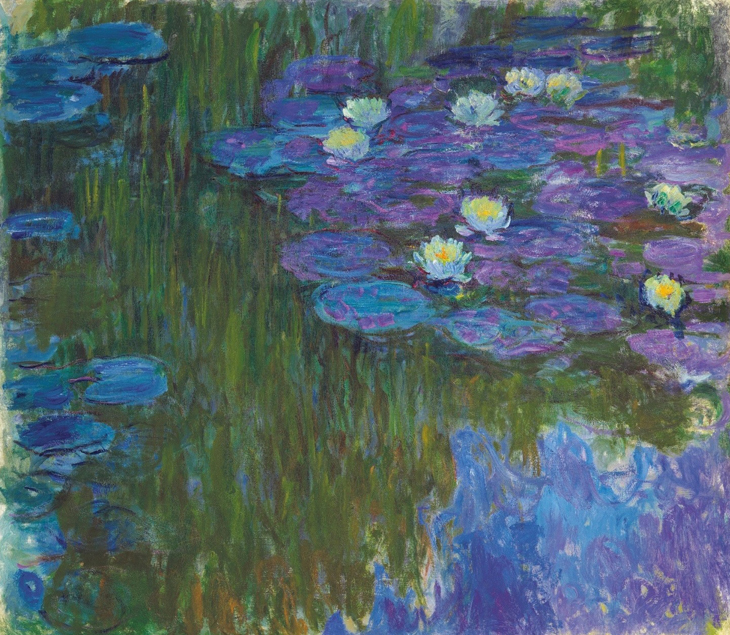
Still, this was a collection containing many works of superlative quality, and it was fascinating to see what the market favoured. The most extraordinary battle was waged for a violet and green pool of Monet waterlilies, Nymphéas en fleur (c. 1914–17), which had five or six contenders still in the fray at around $50m, its pre-sale estimate. The winning bid of $75m was placed by the deputy chairman of Christie’s Asia, Xin Li, who had a very busy evening. With commissions, the painting achieved $84.6m, an auction record for the artist.
Odalisque couchée aux magnolias (1923), Henry Matisse. $80,750,000
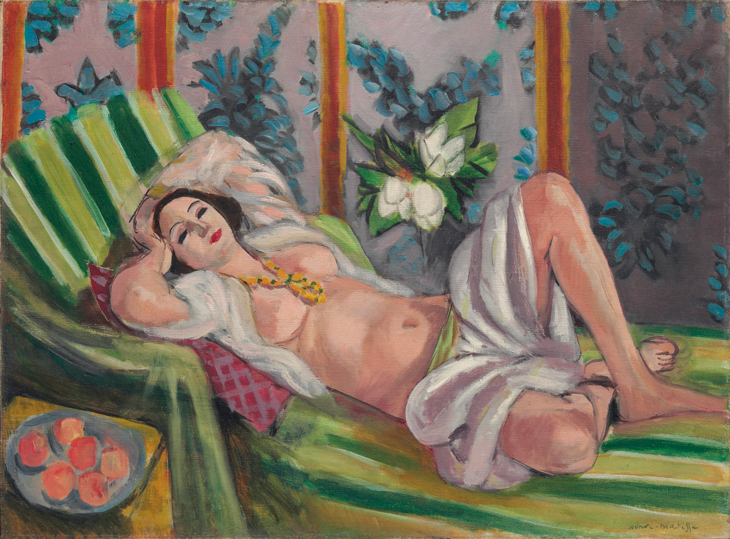
While the third highest price for the evening was the record $80.7m paid for Matisse’s Odalisque couchée aux magnolias (1923), it was Gauguin who attracted the most interest, with both of his canvases drawing 10 or 11 commission bids alone. The astonishing La Vague almost doubled expectations to sell for $35.1m. It was one of seven works to realise over $35m. Gauguin’s were not record prices, but new auction highs were found for Delacroix, Corot, Armand Seguin, Morandi and Redon as well as for Monet and Matisse. One might have expected the impressive Juan Gris to have made more than the $31.8m it did achieve but perhaps he is too austere for most of today’s buyers.
As Pylkkanen commented after the sale: ‘about 20 per cent of the auction went to newish buyers who we did not necessarily believe would participate at this level.’ And as he often remarked during the evening, the entire proceeds of the collection were benefiting good causes championed by the Rockefellers. This evening, collectively, these causes were $100m better off than Christie’s anticipated, and there are still five more sales to follow.
The Collection of Peggy and David Rockefeller: 19th and 20th Century Art evening sale took place at Christie’s New York on 8 May.

